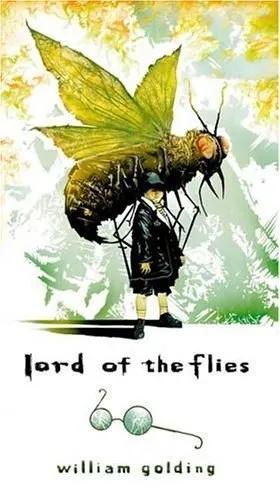Introduction:
Fishing is an ancient pastime that offers relaxation, connection with nature, and the thrill of the catch. Whether you're a seasoned angler or a beginner looking to get started, mastering the basics of using a standard fishing rod is key to a successful fishing experience. In this article, we'll delve into the essential techniques for how to effectively use a common fishing rod to catch a variety of fish.
Understanding Your Fishing Rod:
Before you start fishing, it's important to familiarize yourself with your fishing rod. Here's a quick rundown of the components:
- Handle: The grip where you hold the rod.
- Guides: The small rings that guide the line through the rod.
- Reel Seat: Where the reel is attached to the rod.
- Tip: The flexible part of the rod that bends when a fish takes the bait.
- Butt: The thicker part of the rod that connects to the handle.
Choosing the Right Fishing Line:
The type of fishing line you use can significantly impact your success. Here are the main types:
- Monofilament: Easy to cast and tie knots, but it can be seen by fish and breaks easily.
- Braid: Very strong and invisible underwater, but it can be more difficult to cast and tie knots.
- Fluorocarbon: Strong, clear, and has a lower stretch than monofilament, making it ideal for fishing in clear water.
Basic Casting Techniques:
Preparation:
- Attach the fishing reel to the rod securely.
- Load the reel with the appropriate fishing line.
- Tie a knot at the end of the line and attach it to the lure or bait.
Back-Cast:
- Hold the rod with a comfortable grip.
- Bring the rod back behind you, bending it at the elbow.
- Point the rod tip slightly upward and let the line unwind naturally.
- As the line straightens, move the rod forward with a smooth, controlled motion.
Forward-Cast:
- After a successful back-cast, let the line straighten out and settle in the water.
- Begin to move the rod forward, keeping the tip pointed slightly upward.
- As the line reaches the desired distance, stop the forward motion and allow the lure or bait to settle.
Bait and Lure Selection:
The type of bait or lure you use depends on the fish you're targeting. Here are some general guidelines:

- Live Bait: Natural bait like worms, minnows, or leeches can be very effective for a variety of fish.
- Artificial Lures: Lures like spinners, jigs, and crankbaits can mimic the movement of real prey and attract fish.
- Natural Bait vs. Artificial Lure: Natural bait is more realistic and can be more appealing to fish, but artificial lures can be more versatile and easier to use.
Fishing Techniques for Different Types of Fish:
- Freshwater Fish: Use lighter tackle and techniques like still fishing or casting along the shore.
- Saltwater Fish: Saltwater fishing requires heavier tackle and techniques like casting from a boat or the shore, using heavier lures, and considering the tide and current.
Hooking and Landing a Fish:
Hooking the Fish:
- When a fish bites, set the hook quickly by jerking the rod tip sharply.
- If the fish is large, be prepared to play it out until it's tired.
Landing the Fish:
- Once the fish is tired, reel it in slowly.
- Use a landing net to gently lift the fish out of the water.
- Handle the fish with care and release it quickly if it's not of legal size or you don't plan to keep it.
Safety and Etiquette:
- Always wear appropriate safety gear, such as sunglasses and a hat.
- Be aware of your surroundings and other anglers.
- Follow local fishing regulations and guidelines.
- Practice catch-and-release fishing to preserve fish populations.
Conclusion:
Using a standard fishing rod can be a rewarding and enjoyable experience once you've mastered the basics. By understanding your equipment, mastering casting techniques, selecting the right bait, and following proper fishing etiquette, you'll be well on your way to becoming a skilled angler. Whether you're after a peaceful day of still fishing or the thrill of catching a big fish, the techniques outlined in this article will help you get started and improve your chances of success on the water. Happy fishing!












